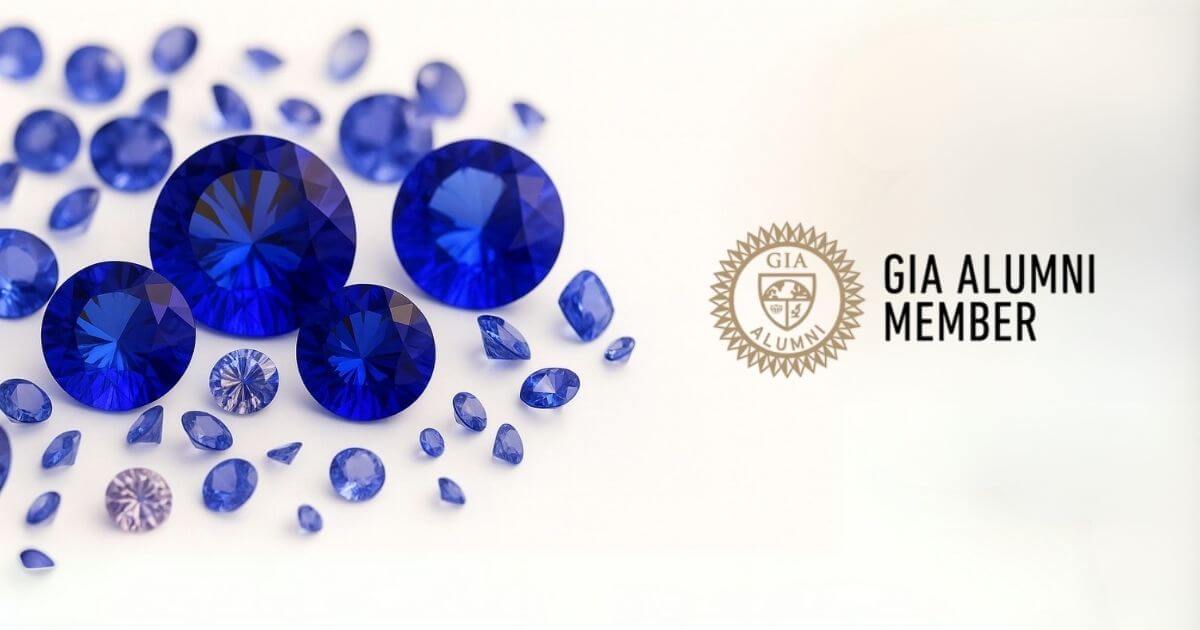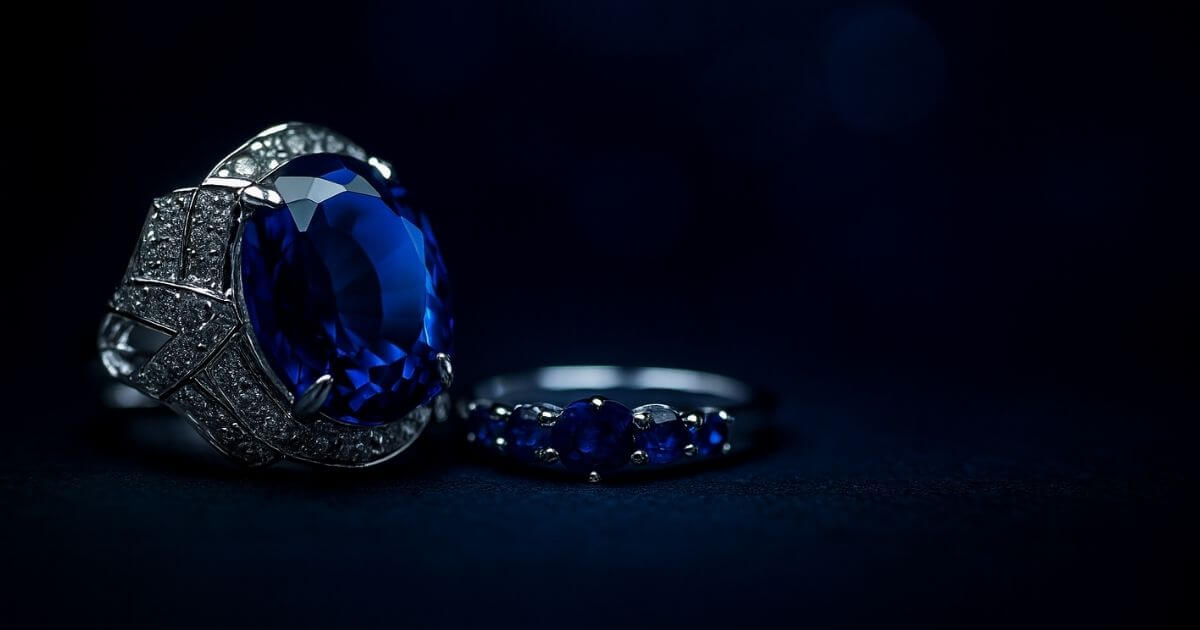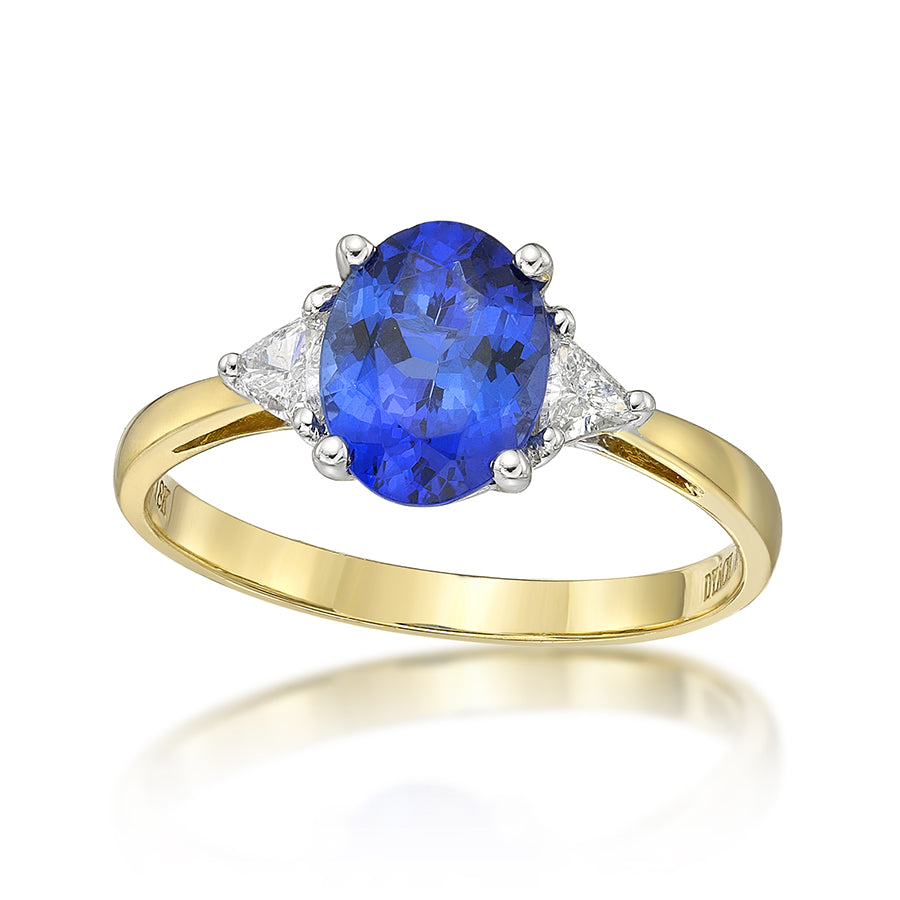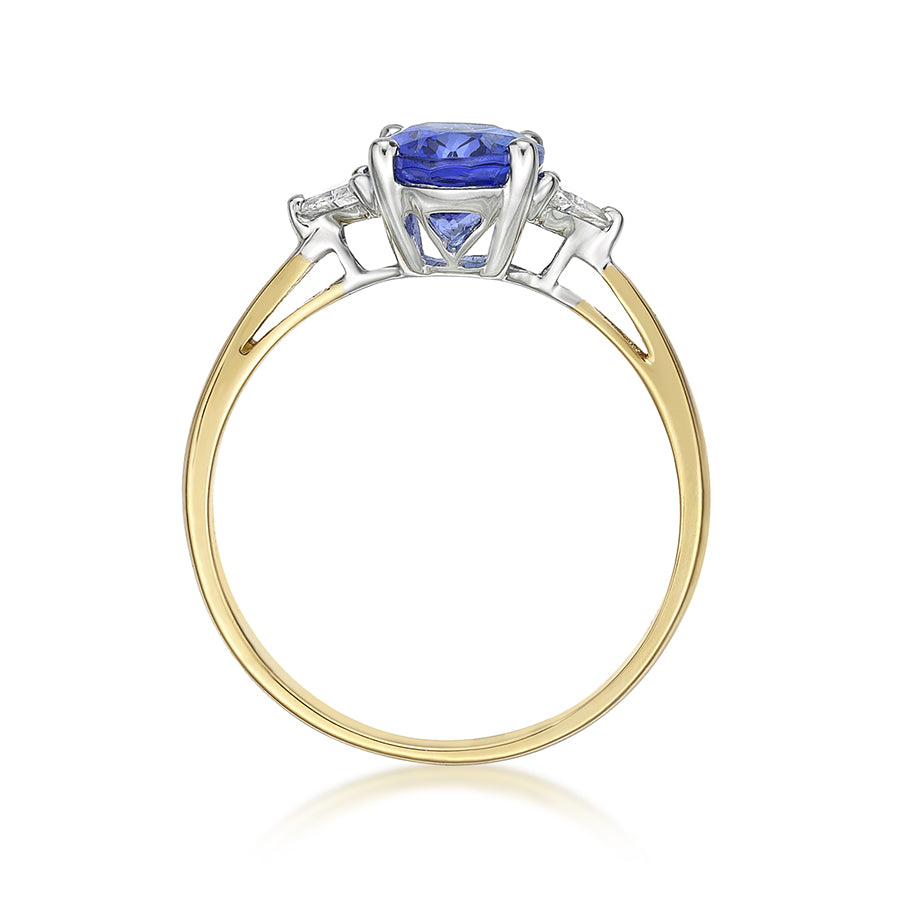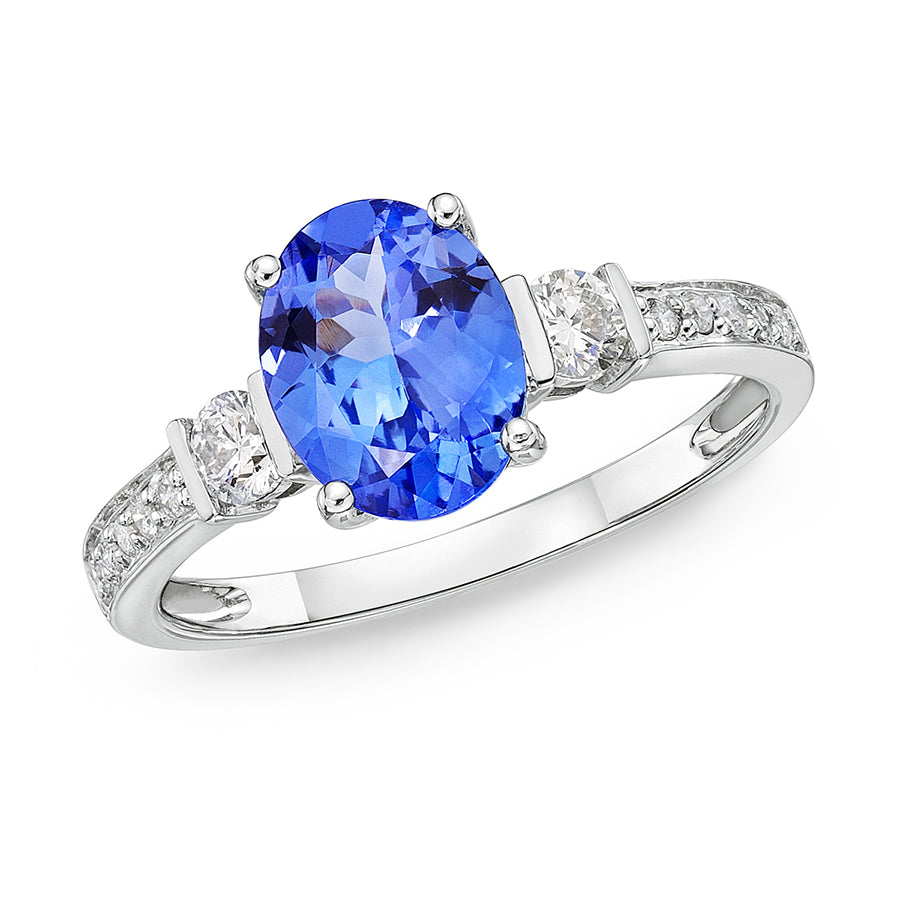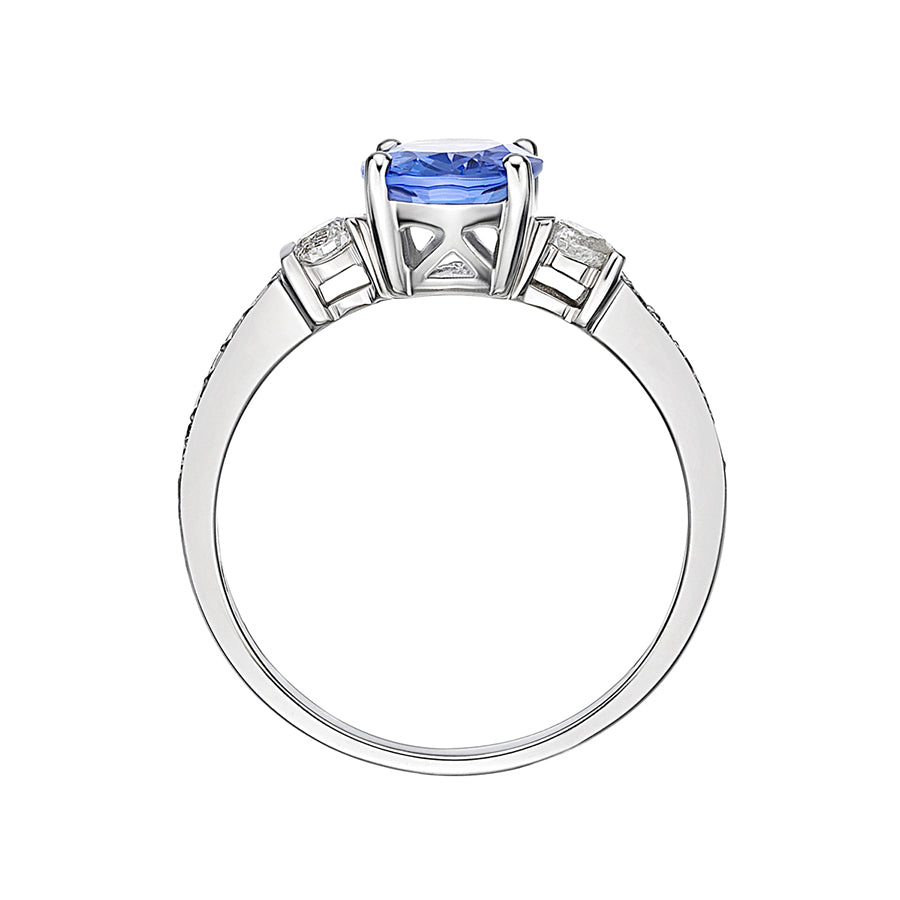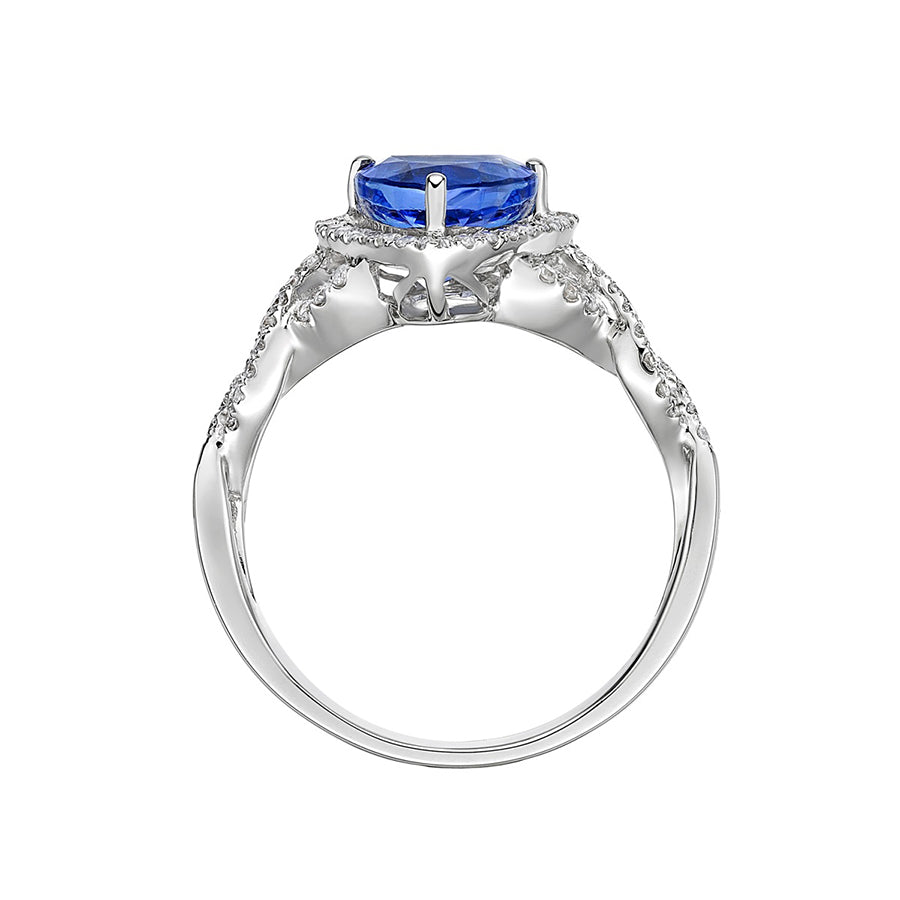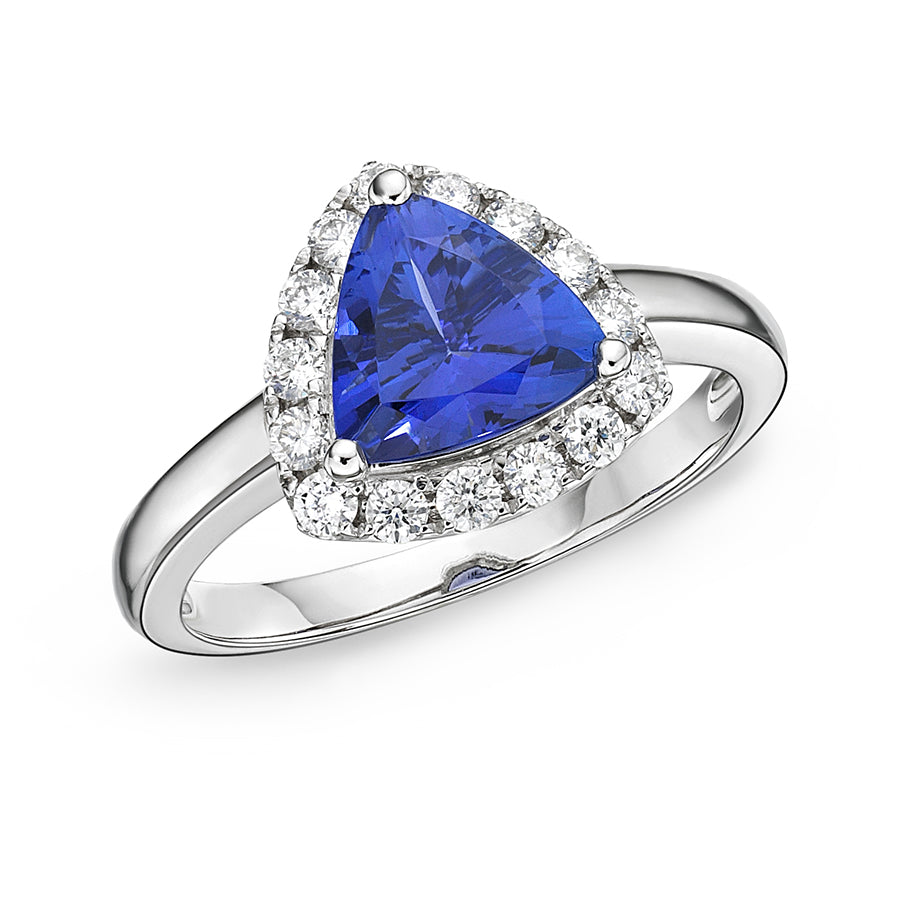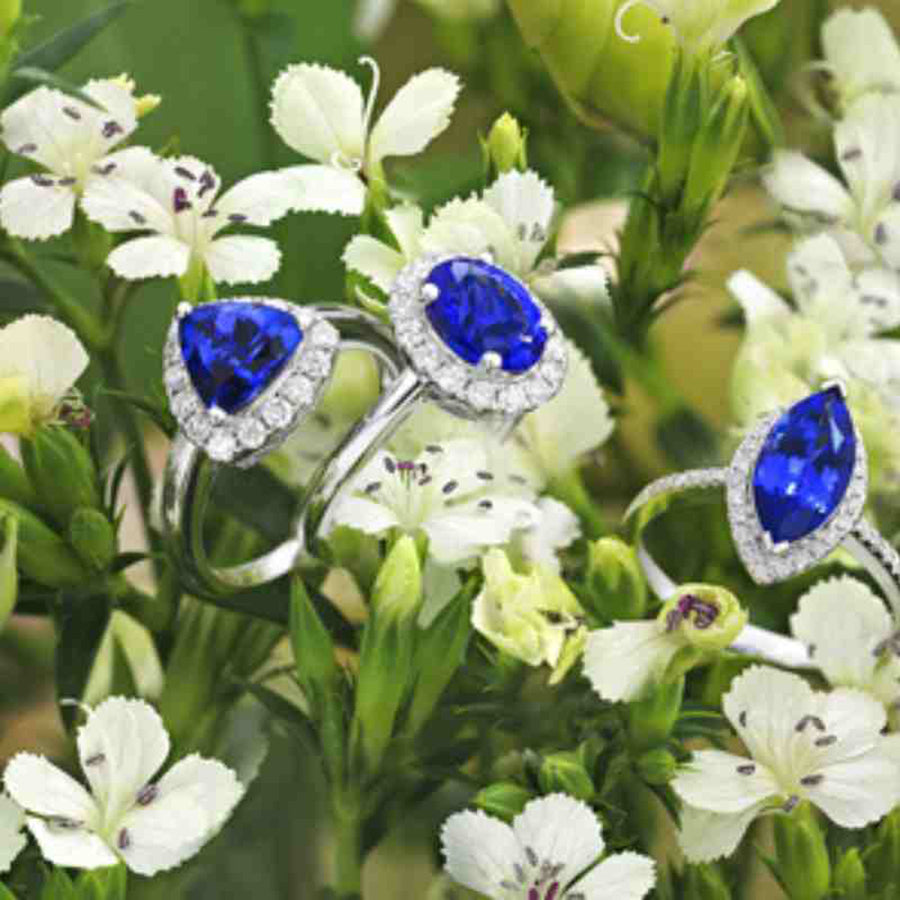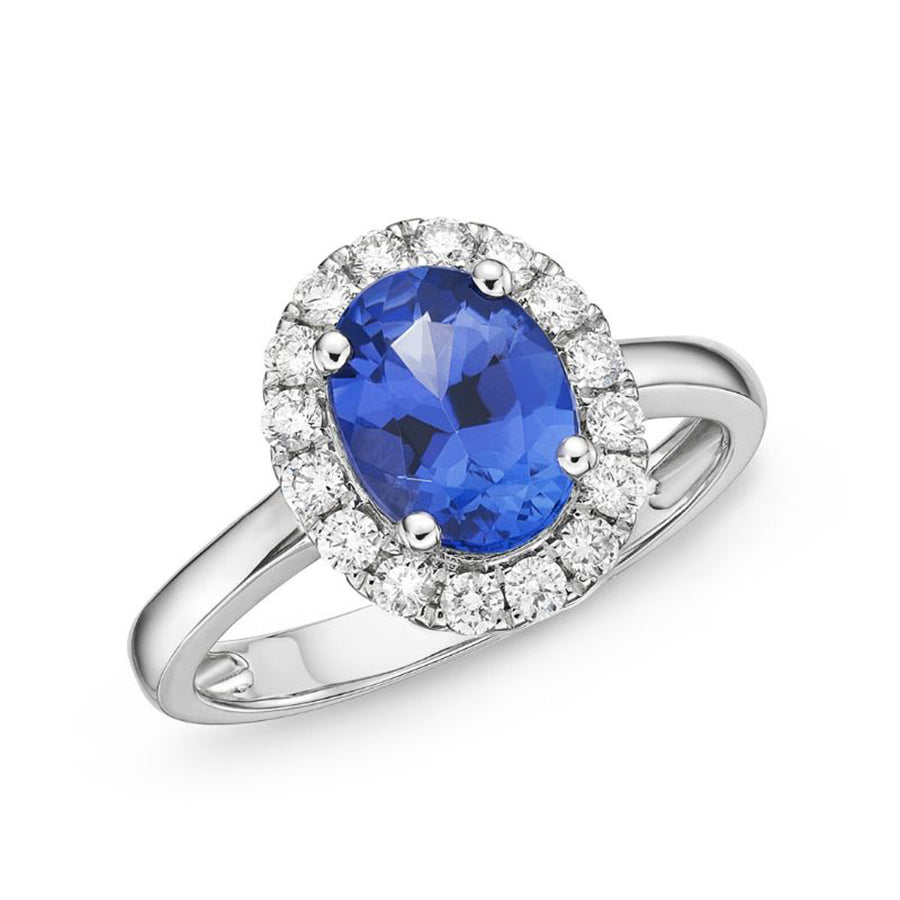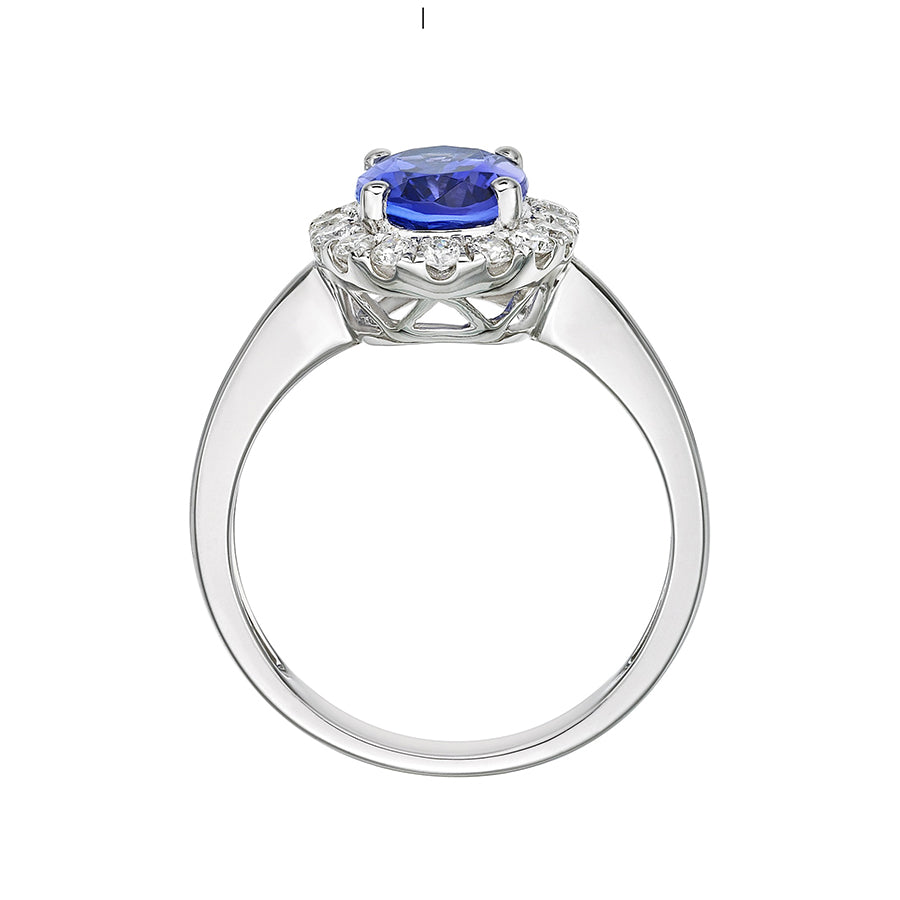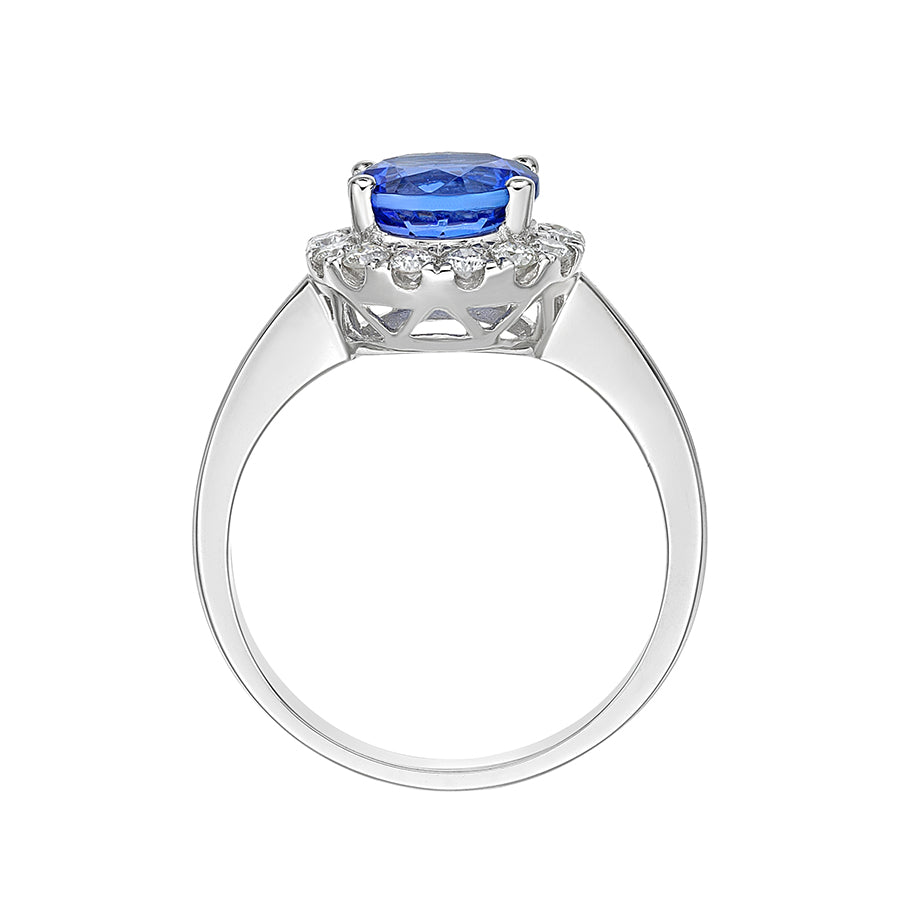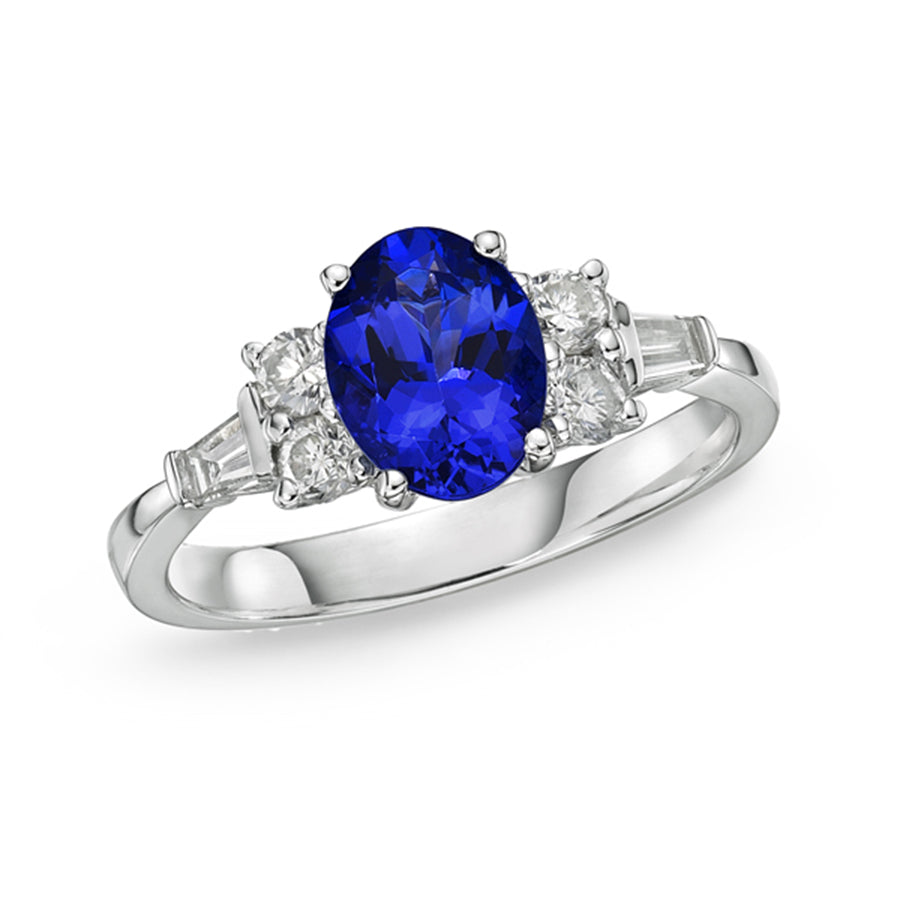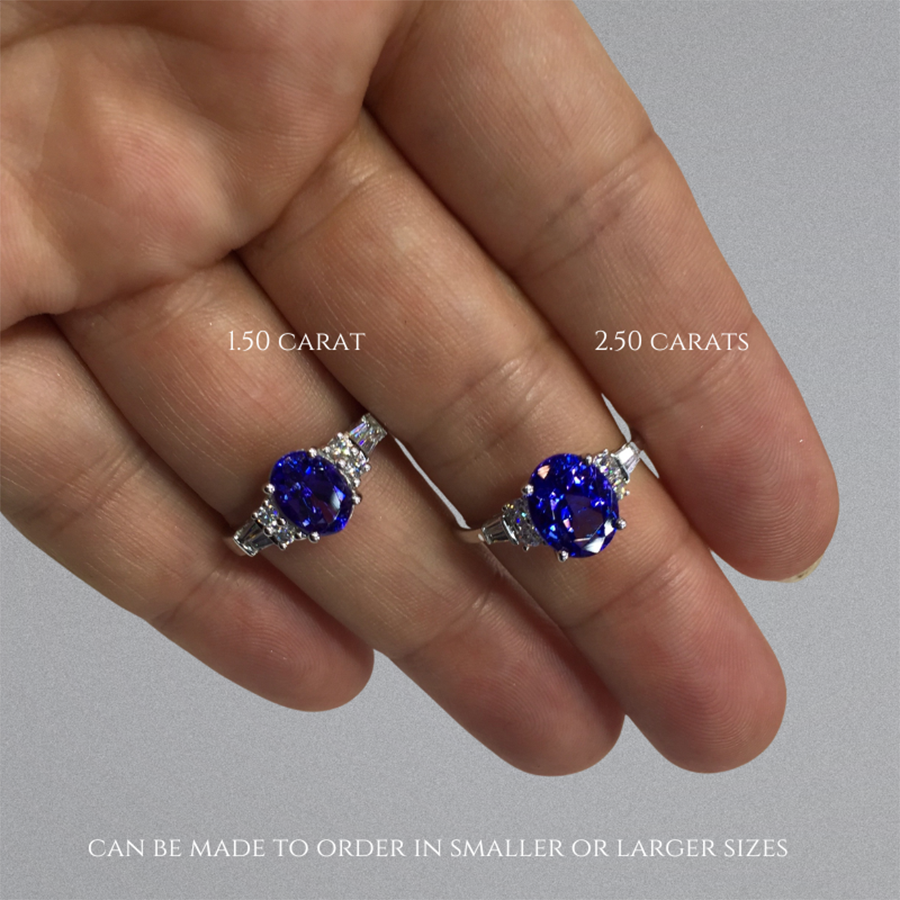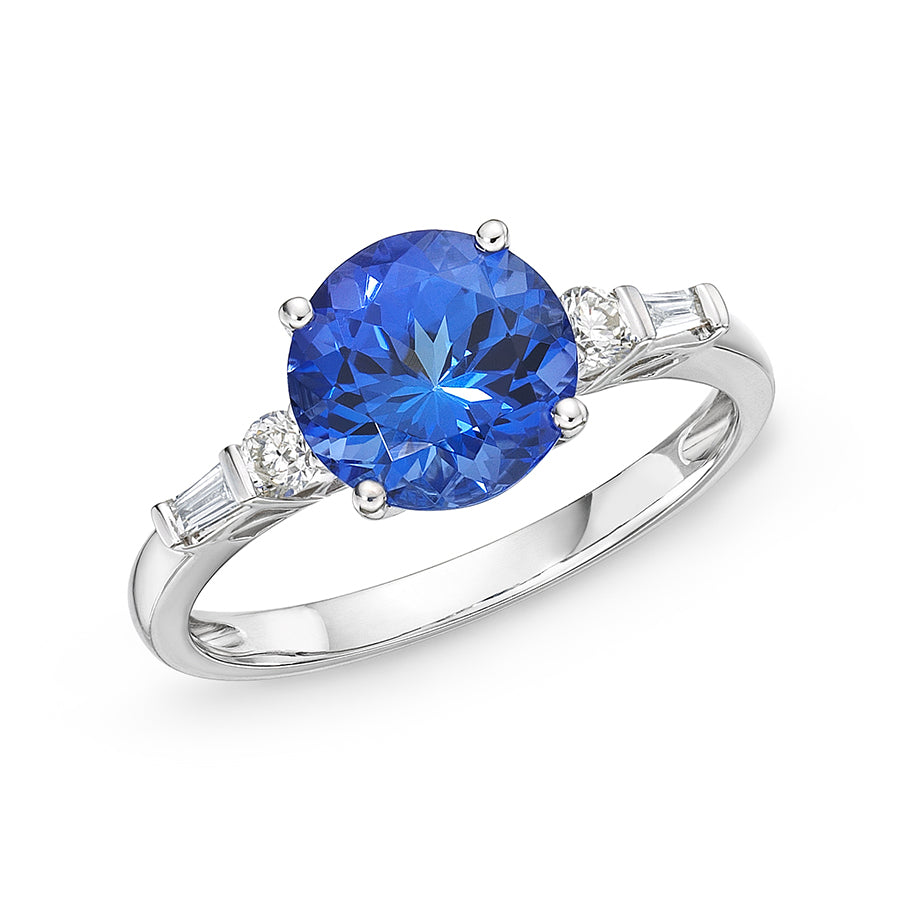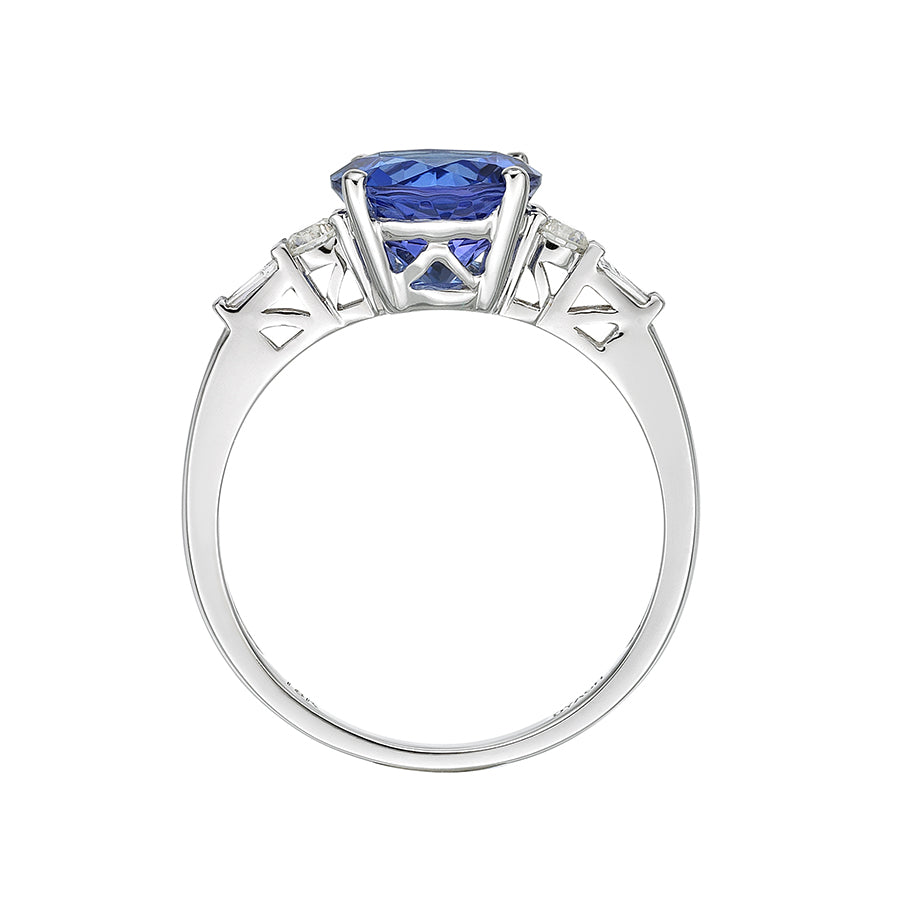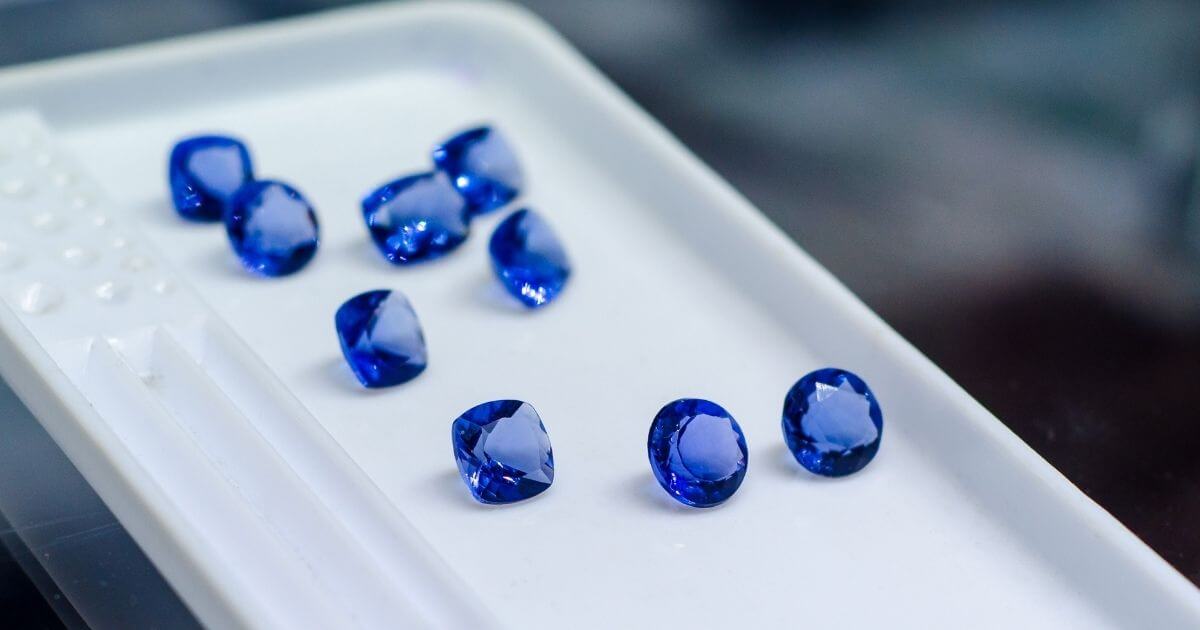
Color Grading Tanzanite Explained
Tanzanite Hue, Tone, and Color Explained: How to Color Grade Tanzanite
We use the Gemological Institute of America’s (GIA) Colored Stone Grading System to evaluate tanzanite. This system grades stones based on three key attributes: Color (Hue) + Tone + Saturation.
-
Hue (Color): The primary color of the gemstone—red, blue, green, etc.
-
Tone: How light or dark the color appears. For example, a deep beer-bottle green versus a pale green. This is measured on a scale of 1–8.
-
Saturation: How strong and pure the color is. This is measured on a scale of 2–6.

To visualize: Think of adding ink to a bowl of water.
-
The hue is the ink’s color—say, purple.
-
The tone describes how dark the color appears—for example, a very dark, almost black purple would have a high tone.
-
The saturation measures how much of the color is visible in the water. A few drops of ink would make the water light purple (low saturation), whereas a cup of ink would create a deep, intense purple (high saturation).

For example:
-
A few drops of blue ink might be graded as Blue 3/2 (Hue: Blue, Tone: 3, Saturation: 2).
-
A cup of blue ink would be graded Blue 6/7 (Hue: Blue, Tone: 6, Saturation: 7).

One more important thing:
Due to its unique crystal structure, tanzanite is one of only two gemstones that clearly show two colors at once. A tanzanite can never be purely blue or purely violet.
-
vB (“violetish-blue”) means the dominant color is blue, with violet as the secondary color.
-
bV (“blueish-violet”) means the dominant color is violet, with blue as the secondary color.
A note on large rare tanzanite: exceptional, large tanzanites over 30 carats typically score a 7 or 8 on the tone scale due to their size, with a tone grade of 7 considered optimal. Stones approaching 100 carats can be so richly saturated that they appear nearly black. However, for tanzanites of this size, carat weight and rarity are far more significant factors than tone.

